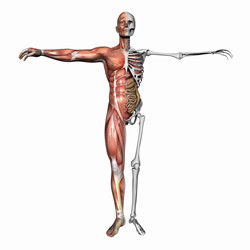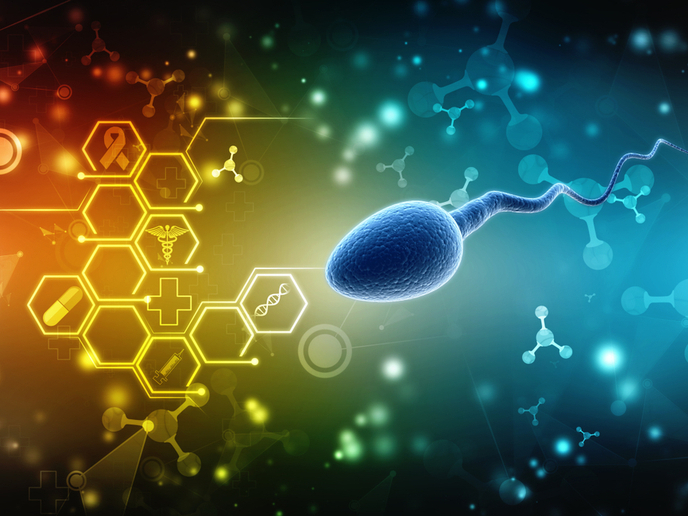Intracellular trafficking in skeletal muscle
SKM regeneration requires the synthesis and transport of an enormous amount of proteins to build up its highly specialised structures, including its contractile apparatus. SKM cells possess a specialised form of endoplasmic reticulum (ER), known as the sarcoplasmic reticulum, which takes up and releases calcium ions, a critical mediator of muscle contraction. In SKM remodelling, the Golgi complex (GC) and other vesicular trafficking components are essential but have not been studied in detail. In mature myotubes, it is not clear whether the GC associates with ER because of fragmentation or de novo biogenesis. In addition, the involvement of microtubules has not been elucidated. The scope of the EU-funded TRAFFIC IN SKM (Study of the involvement of secretory pathway in skeletal muscle differentiation) project was to determine the role and understand how the ER and GC obtain their mature structure during SKM differentiation. For this purpose, researchers studied the organisation of these specialised domains. Researchers discovered that during SKM differentiation GC and ER undergo dramatic morphological changes that result in an increased ER to GC traffic efficiency. In addition, they noted that the alterations in GC morphology in SKM-differentiating cells were due to membrane modifications rather than de novo biogenesis. Overall, the results underscore the importance of GC integrity in the communication with ER during SKM regeneration. The improved approaches for studying SKM differentiation will fuel future research into the role of the cytoskeleton in modification of early secretory pathway components.







